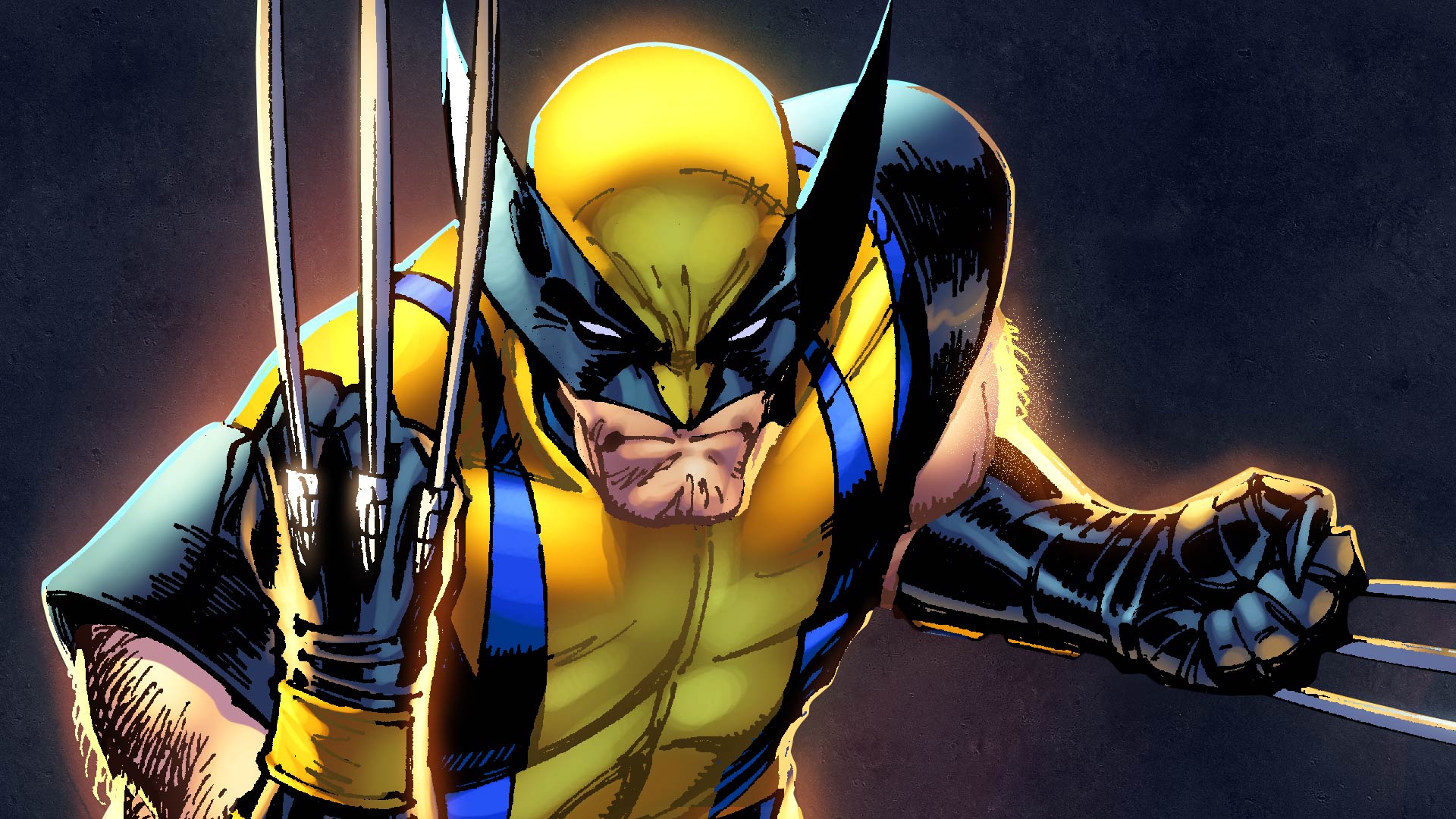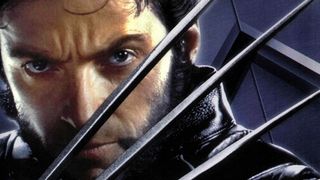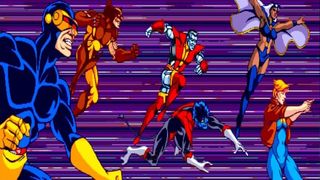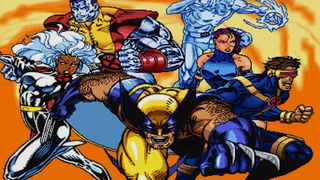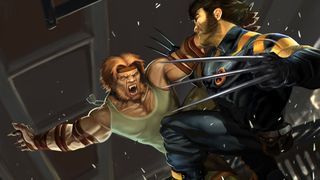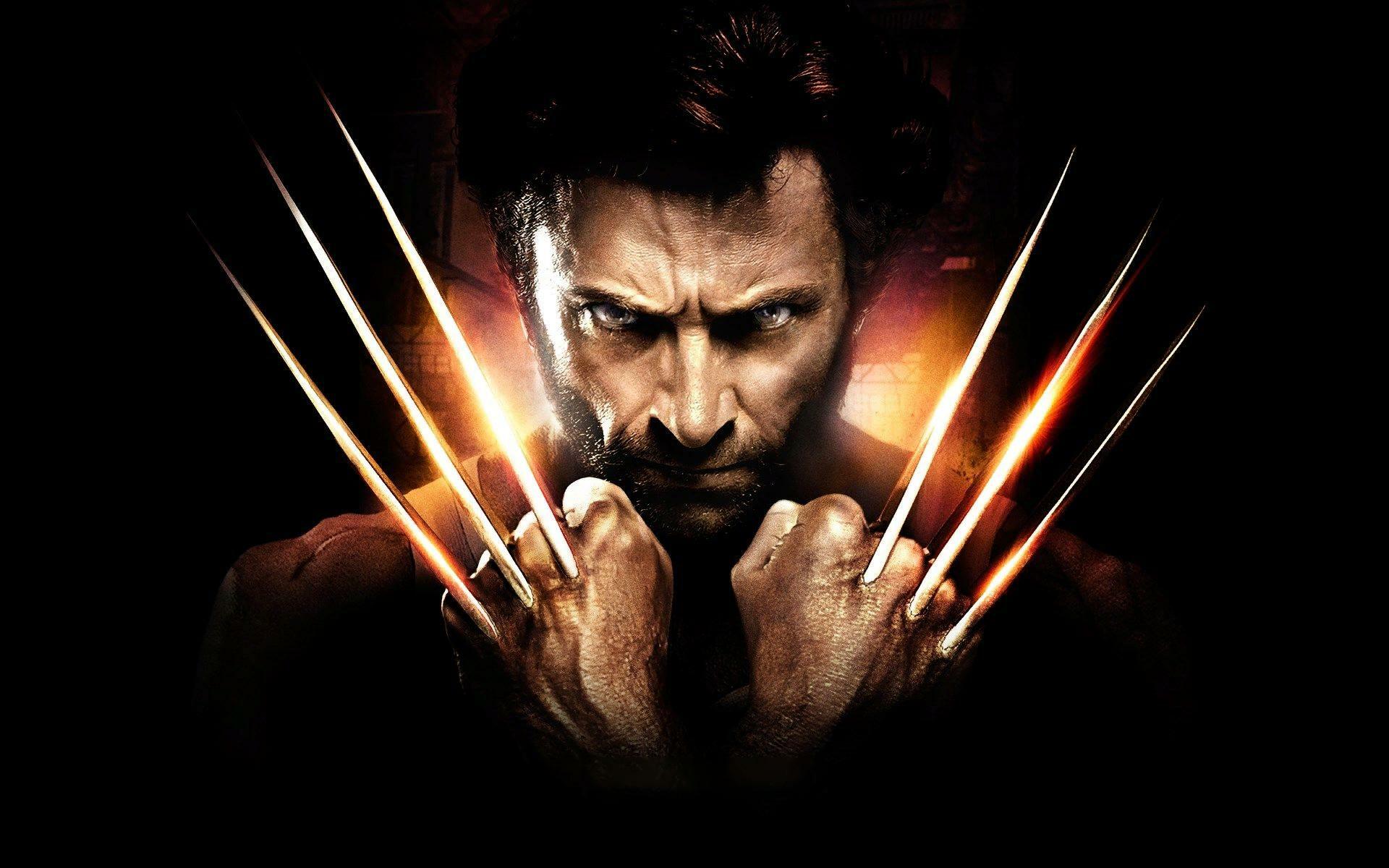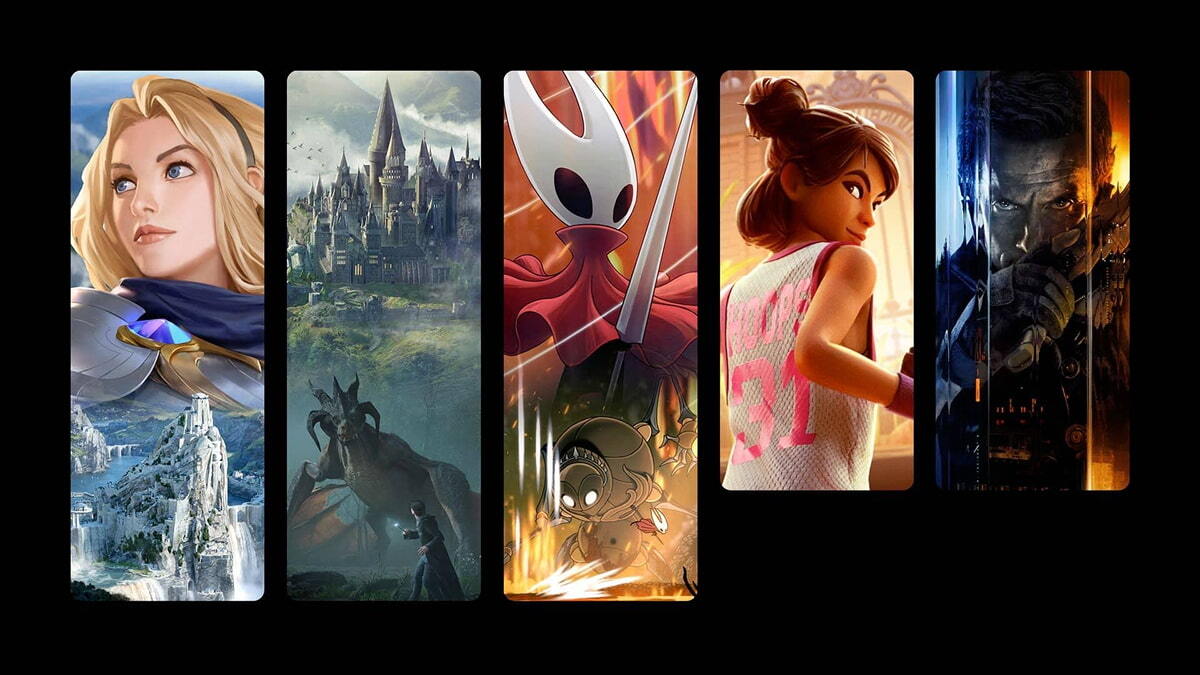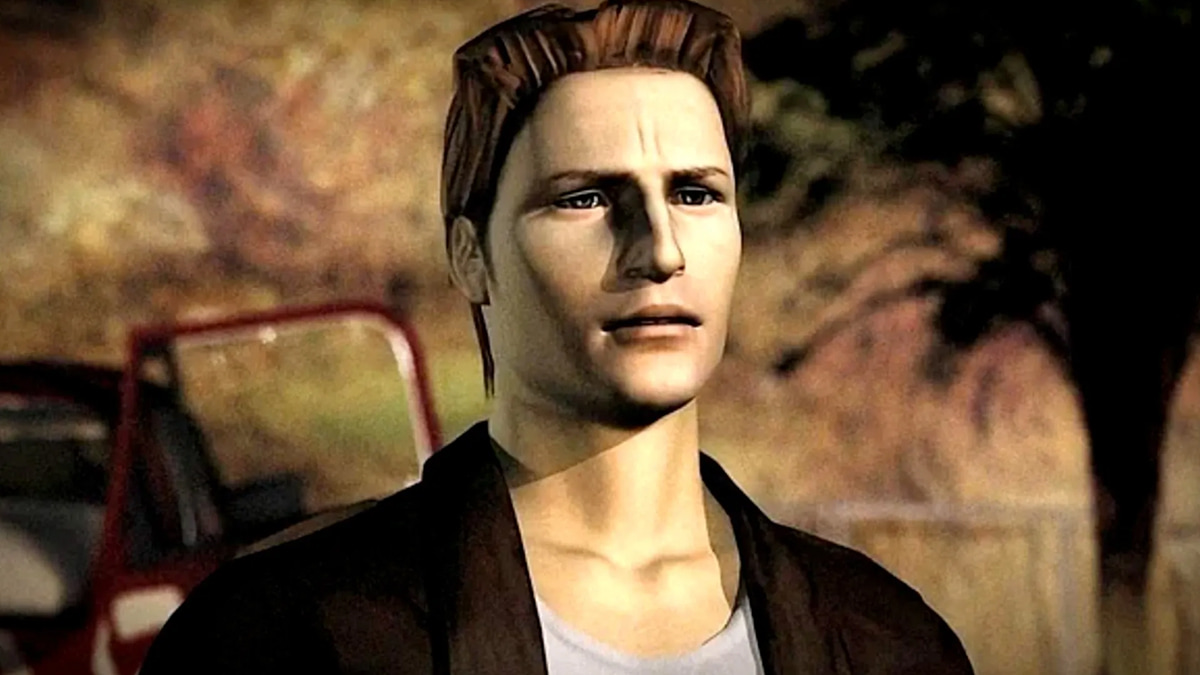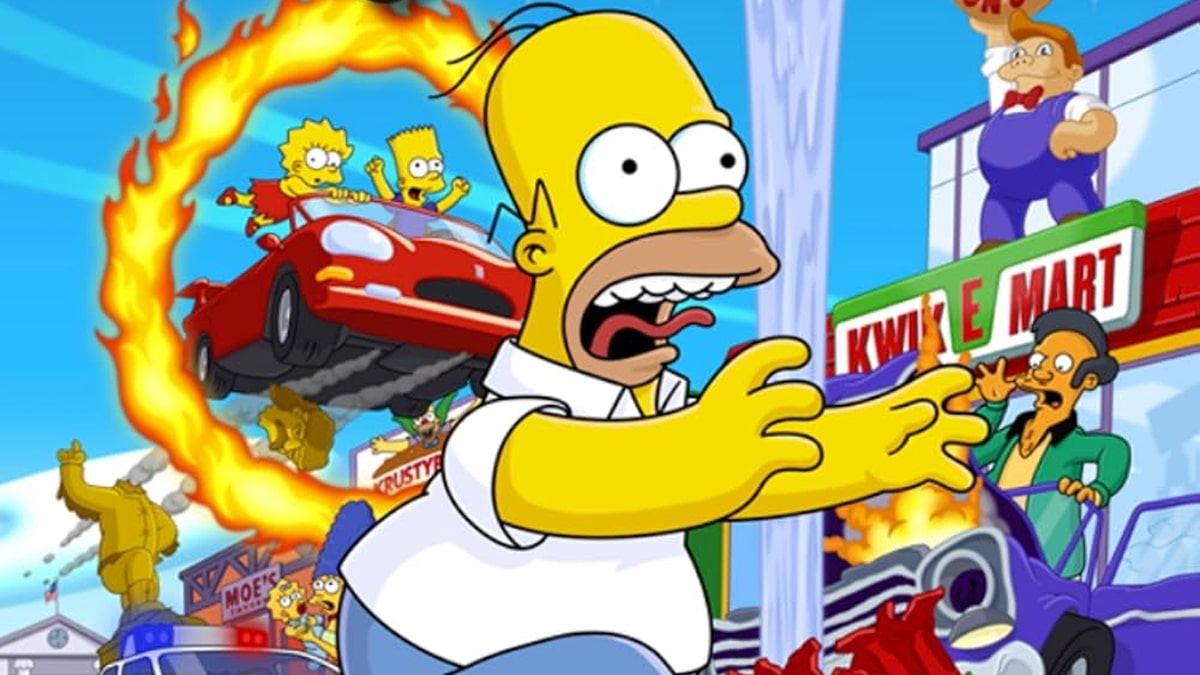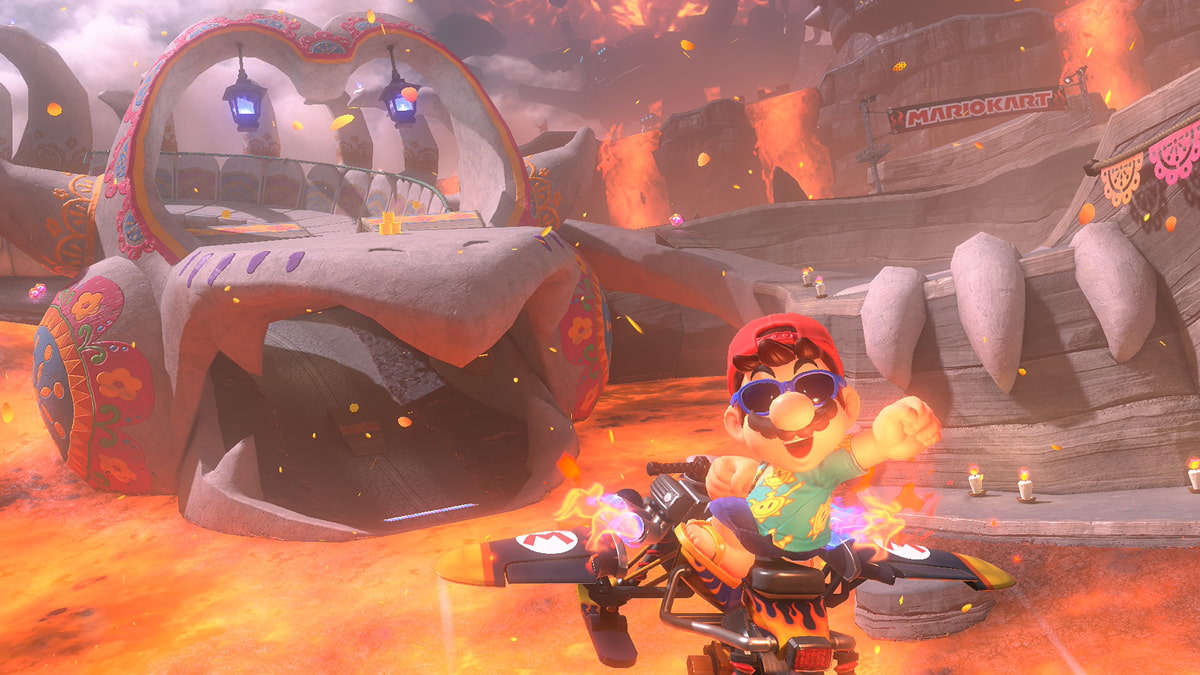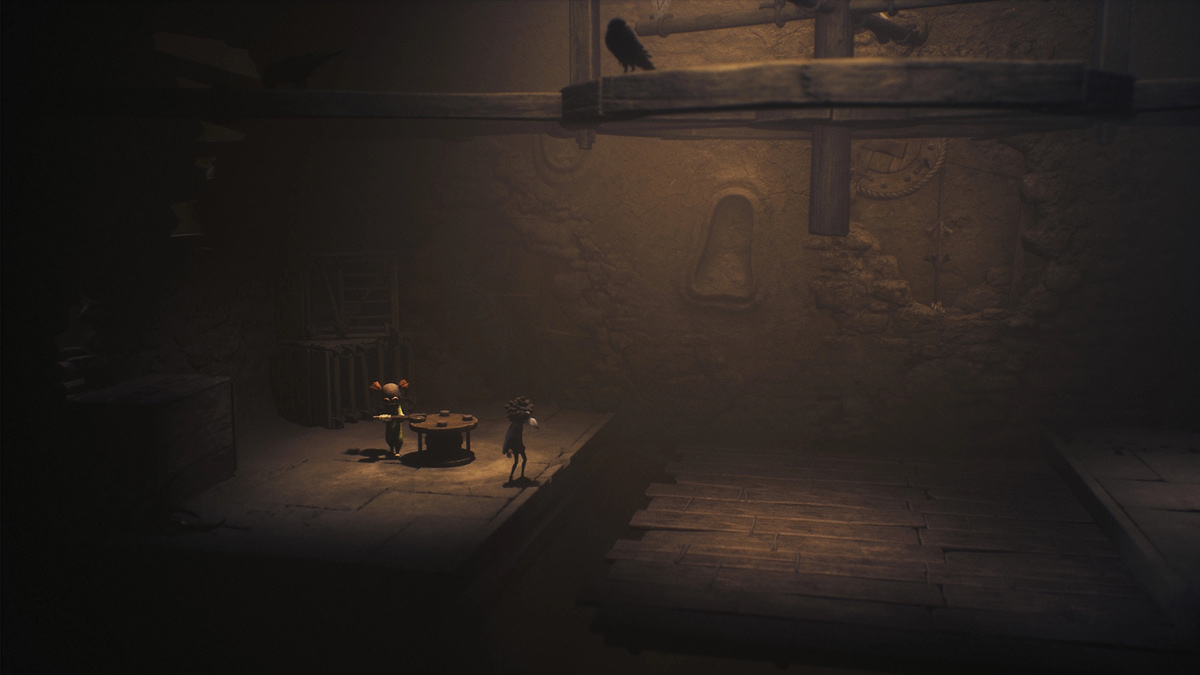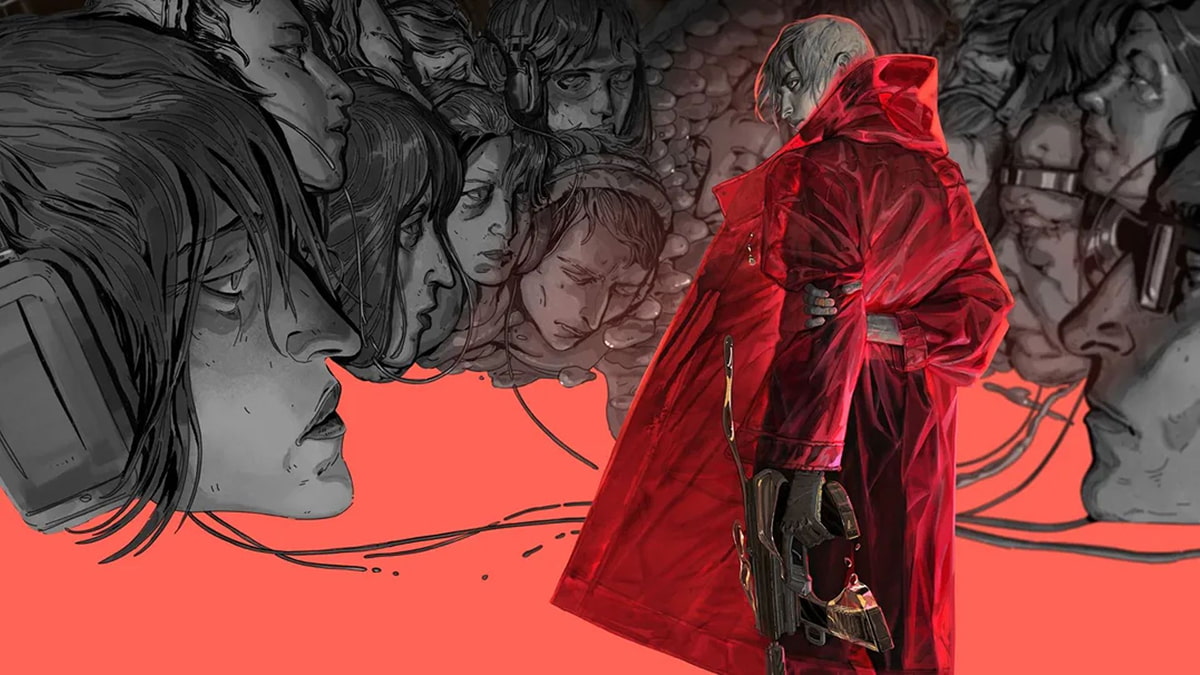You can trust VideoGamer. Our team of gaming experts spend hours testing and reviewing the latest games, to ensure you're reading the most comprehensive guide possible. Rest assured, all imagery and advice is unique and original. Check out how we test and review games here
Now that the rights to the X-Men films have been absorbed by Disney, we can presumably all look forward to the X-Folk making their way into the MCU. More importantly, we can put an end to referring to the likes of Scarlet Witch and Quicksilver as being ‘enhanced’ – and hearing the relieved sighs of any present patent attorneys everytime we do. To celebrate the mutated swelling of the MCU's ranks, and of the banishment of legally-obligated lingo, let’s consider the best X-Men games that have graced our screens.
X-Men 2: Wolverine’s Revenge
Wolverine’s Revenge was a curious coup. Despite its title, its logo, and having Hugh Jackman’s face plucked and plastered to the front of the box, it bore no relation to the film nor to the Australian song and dance man. Voicing Logan was the chameleonic Mark Hamill, who delivered a performance far, far away from what we were used to. His husked lines were penned by Larry Hama, a veteran Marvel writer who worked on the Wolverine comics of the ‘80s.
The game was run through with an adamantine camera that skewered your fun in close quarters, but it also made good use of Wolverine’s animal senses. Enemy footprints would show up in yellow smudges, and trails of green vapour would purl through the air as he gruffly sniffed out his prey. It wasn’t a bad game; in fact, it speaks to how well-stocked the X-Men are for decent games that Wolverine’s Revenge is considered a lesser effort. Until not so long ago, Batman and Spider-Man would have been happy with so solid an outing.
X-Men The Arcade Game
After a few wobbles and false starts, with the likes of The Uncanny X-Men and X-Men: Madness in Murderworld (that last one is awfully real, I assure you) the X-Men franchise got its first great game. Developed by Konami in its coin-op heyday, X-Men featured six mutants: Cyclops, Colossus, Wolverine, Storm, Nightcrawler, and Dazzler – who was tipped to be played by Taylor Swift in X-Men: Dark Phoenix, before swiftly retreating into rumour.
It was a side-scrolling beat ‘em up, and it was first class: it gave you an attack button, a jump button, and a mutant power button that depleted a measure of health but triggered a powerful AOE attack. There was an excellent level of nuance to the risk and reward of play, and teaming with up to five other people meant that you could assemble a proper mutant cohort. The game was so treasured that it was re-released on XBLA and PSN in 2010, and it even kept Magneto’s questionable line, ‘Welcome to die!’
X-Men: Children of the Atom
Children of the Atom was a perfect split between a colourfully caffeinated IP and a fighting game developer at the height of its powers. The resultant coin-consuming force radiated through the arcade before being ported to Sega Saturn, PlayStation, and PC. It had the same fluid animation and fluorescent colours of Street Fighter II, and its twelve-strong cast was a good mix of X-Men and villains. Children of the Atom handily demonstrates that the licence is as malleable as Mystique, able to shift forms at will.
X-Men Legends
One such form is the action-RPG, which, as X-Men Legends proved, was an ideal candidate for mutation. Splicing your four-man team’s makeup by picking from a robust roster of mutants, Legends had you shaping your strategy as you played, swapping characters at any checkpoint. With a dash of Diablo, you could shred foes up close with Wolverine, pick them off from afar with Cyclops, and rain down on them with Storm. You know what happens when a toad gets struck by lightning don’t you?
X-Men Origins: Wolverine
The curse of the movie tie-in game, like the hero of X-Men Origins: Wolverine, simply refuses to die. Rushed out the door on a deadline, they often start to rust as soon you get them out the box – bugs, shoddy design, repetitive gameplay. They are neither cheerful nor cheap. But there was something about this one. It was developed by Raven Software, who made both X-Men Legends and its sequel, X-Men Legends II: Rise of Apocalypse, along with the Star Wars Jedi Knight games, and the underrated Wolfenstein of 2009.
The game infused its combat with a terrifically violent streak, and the gore of not just dicing enemies but displaying Wolverine’s healing abilities was formidable. It took its cues from the likes of God of War and Devil May Cry, letting you mix light and heavy attacks into combos and execute grisly environmental kills. While the game absorbs a lot of criticism with its guilty-pleasure resilience, ultimately it was endless repetition that wore this one down. A little like Logan, then.
X-Men Origins: Wolverine
- Platform(s): Nintendo DS, PC, PlayStation, PlayStation 2, PlayStation 3, PSP, Wii, Xbox 360
- Genre(s): Action
